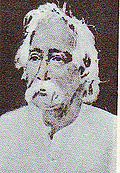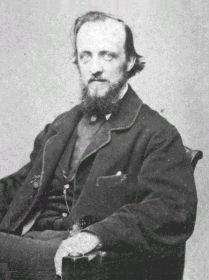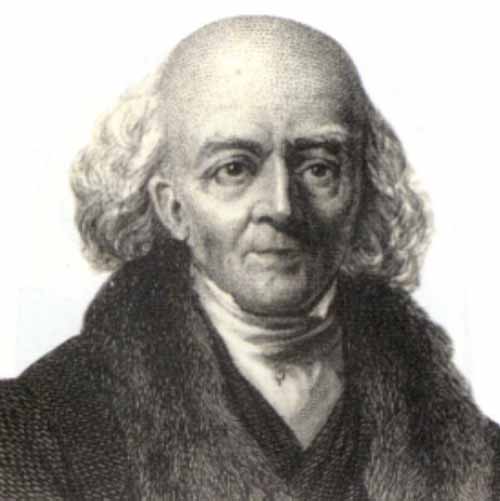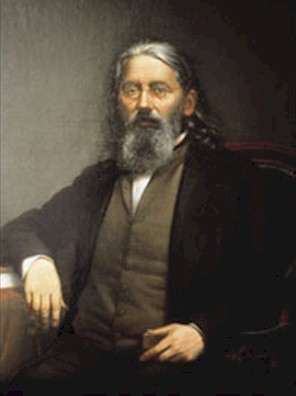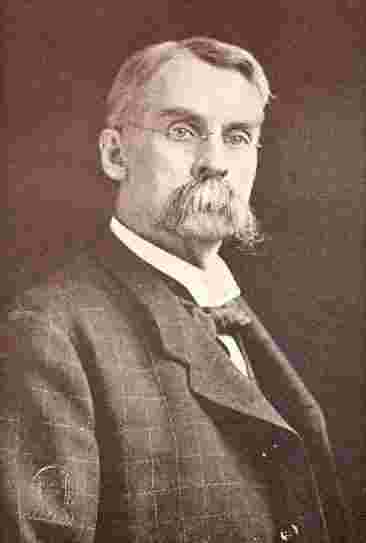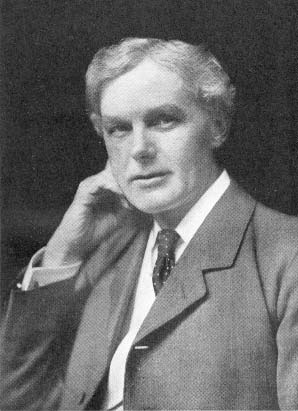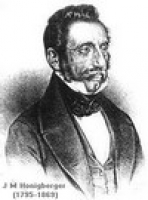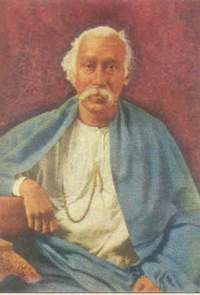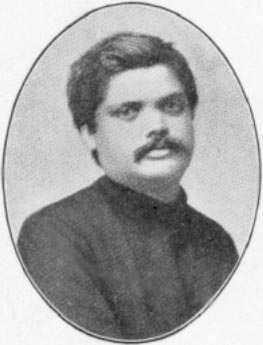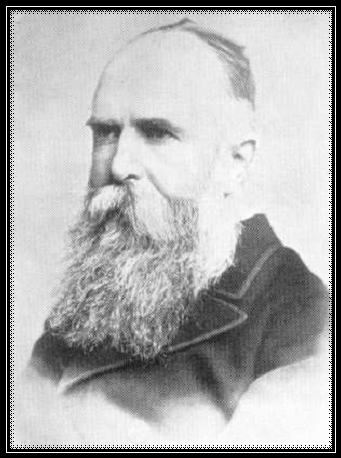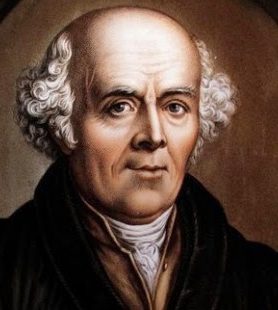
Dr. Samuel Hahnemann
Samuel Frederick Christian Hahnemann was born at Meissen, in Saxony, on the 10th of April, 1755 as the third child of his parents. His father, Mr. Christian Godfried Hahnemann was a porcelain painter in a factory at Meissen. Johanna Christeana Speiss, who became the second wife of Godfried Hahnemann was his mother. At the age of 20 he commenced his medical studies at Leipzig, and earned his living by translating foreign scientific works to German at the same time that he pursued his studies. After two years at Leipzig he removed to Vienna, to gain practical knowledge in the great hospitals there. He took his M. D. degree a Erlangen in 1779. Hahnemann was an excellent linguist, being perfectly familiar with German, Spanish, English, Italian, French, Greek, Latin and Arabic
Homoeopathy made its way to India as early as 1810 when Dr. John Martin Honigberger, a follower of Dr. Samuel Hahnemann, visited India and began treating patients. During his second visit in 1839, he treated Maharaja Ranjit Singh of Punjab with Dulcamara, and the Maharaja was so impressed with the results that he encouraged him to keep spreading Homoeopathy in India.
The ancient Hindu doctors had actually recognized the “Law of Similars” as a key principle in treatment. Surgeon Samuel Brooking, who had retired from his role as a Medical Officer, had the guts and belief to set up a Homoeopathic Hospital in Tanjore, South India, in 1847.
There were also other famous supporters like Dr. Cooper and Dr. J. R. Russell, two Government Medical Officers named Mr. H. Ryper, a military pensioner named Captain May, and others from Calcutta who helped make Homoeopathy popular among the people of Bengal. Last but not least, Dr. C. J. Tonnere, a French Homoeopath, proved the effectiveness of “Acalpha Indica” in 1851 as the first Health Officer of Calcutta and later established a Homoeopathic Hospital.
In 1861, a severe outbreak of malarial fever was spreading across lower Bengal, and it was at this time that the great philanthropist, Late Babu Rajendra Lal Dutta, a layman, truly laid the groundwork for Homoeopathy and started its practice with remarkable success. He managed to convert the renowned allopath and his opponent, Dr. Mahendra Lall Sircar, M.D. D.L., C.I. E. E., to Homoeopathy. Dr. P.C. Majumdar, another Homoeopath from Calcutta, began his practice in 1864 and laid the foundation for Calcutta Homoeopathic Medical College in 1885.
The year 1867 is also remembered for the founding of Banaras Homoeopathic Hospital with Shri Loke Nath Moitra as the Physician In-charge. In August 1869, a homoeopathic charitable dispensary was opened in Allahabad with Shri Priya Nath Bose as the Physician In-charge of the dispensary. Homoeopathy was not just gaining popularity in Bengal; its influence was spreading across the country. Figures like Babu Rajendra Lall Dutta of Calcutta, Rev. Father Muller, the great Jesuit Missionary of Mangalore in the South; Mr. P. Subbarayulu, the generous lawyer of Kakinada in the East; and Mr. V. M. Kulkarni, the hardworking telegraphist of Bombay in the West – all these individuals played a significant role in the development of Homoeopathy in India. Homoeopathy became more well-known with the opening of several dispensaries in the latter half of the nineteenth century.



